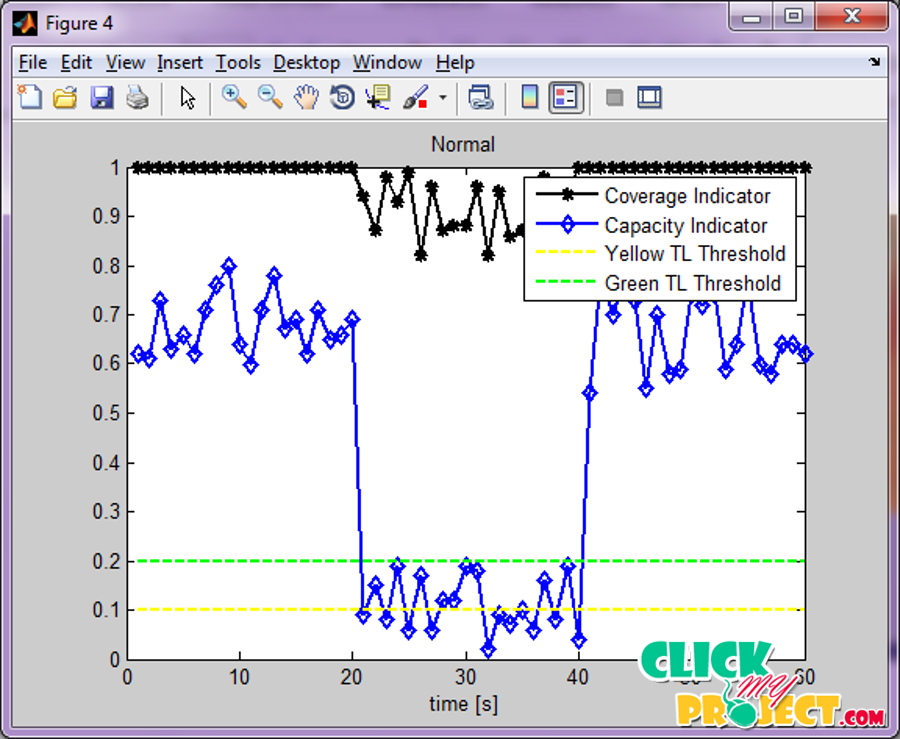Autonomous Self-Optimization of Coverage and Capacity in LTE Cellular Networks
Our Price
₹3,500.00
10000 in stock
Support
Ready to Ship
Description
Self-Organizing Networks (SON) provides service for saving the energy to operators when working under the modern cellular network infrastructure. Modern cellular network are Long-Term Evolution (LTE) and LTE-Advanced systems. By improving the network deployment and network operation phase can save both capital expenditures (CAPEX) and operational expenditures (OPEX). Mobile data traffic is occurred among more number of users which is overcome by optimizing the network coverage and network capacity. These above strategy optimized using self-organized networks (SON). In proposed work traffic light related approach which is performing autonomous self-optimization. This above mentioned indicators are used in LTE multitier networks. In optimization operation considered low-complexity interference approximation model which is formulated as a mixed-integer linear program. This program is fed into the self-organized network for performing efficient optimization problem. Parameters of eNodeBs and HeNodeBs are the Tuning site activity, transmission power, and antenna downtilt. When network changed the optimization procedure is performed well with automatically adapted time-variant optimization parameters. The Radio resource status reports are separated in Up Link and Down Link reports, including the total allocation guaranteed and non-guaranteed bit rate traffic, the percentage of allocated Physical Resource Block (PRB) and the percentage of PRBs available for load balancing. Finally the simulation are performed and analyzed the benefit potential of overall concept.
Tags: 2015, Communication Projects, Matlab




